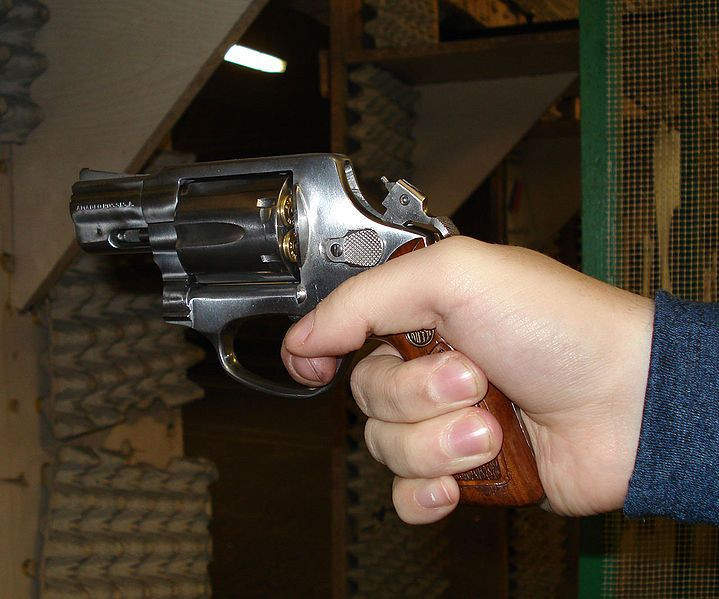Gun Injuries: Children Shot in Preventable Incidents

Every year at least 14 children between the ages four and 17 are injured by firearms in the Denver metro area alone, a new study states; these numbers exclude those found dead at the scene.
The majority injured were adolescent males whose injuries were often self-inflicted said the study's lead author Angela Sauaia, M.D., Ph.D., at the Colorado School of Public Health and the University of Colorado School of Medicine.
Published today in the Journal of the American Medical Association (JAMA), the study examines trauma admissions at two emergency rooms in Denver and Aurora over nine years and found that 129 of a total 6,920 injured children suffered gunshot wounds, which amounts to roughly two percent of all child trauma admissions.
Falling outside the time frame of the study are the 1999 shootings at Columbine High School, which killed 12 students and injured another 21, and the Aurora theater shootings, which killed 12 and wounded 58 last year.
Because the study does not include those who did not go to the emergency department, Sauaia believes actual injury rates exceed those published in the study.
The number of gun injuries to children has changed little over the years. "This is happening all the time to our children and it's totally preventable," said Sauaia.
Having studied child trauma admissions from 2000-2008 at Children's Hospital Colorado and Denver Health Medical Center, Sauaia found those who had been shot suffered significantly more severe wounds than children hurt with other objects. "In 14 percent of these cases, children managed to get access to unlocked, loaded guns," stated Sauaia.
Fifty percent of shooting victims required intensive care and 13 percent died compared to 1.7 percent of children hurt in non-firearm incidents.
"If the injury was gun related, the odds of dying were 10 times greater than from any other kind of injury," said Sauaia.
She noted that the severity of firearm injuries is increasing.
Sauaia and her colleagues completed a study in 1993 that found that 42 percent of people who died from trauma incidents in Denver were killed by guns. That compared to 26 percent killed in car accidents.
"There is little money to do gun research, which is unfortunate," said Sauaia, who conducted both of her studies without federal funding. "The point we can all agree upon is that, no matter what side of the gun divide you fall on, we need to store these weapons safely to protect our children from death or serious injury."
Published by Medicaldaily.com



























